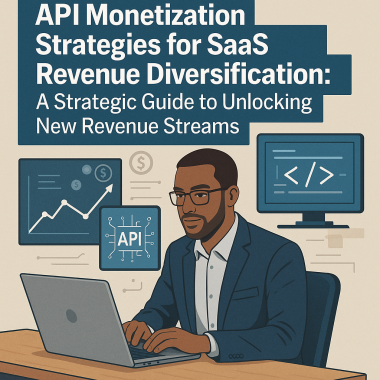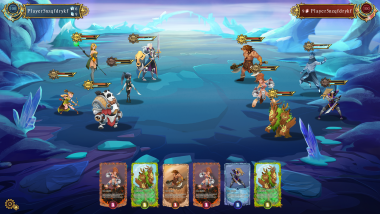Navigating the world of game creation and publication can be a thrilling yet intricate journey. This guide is your map, ensuring you’re on the right path every step of the way to make and publish a game.
The Rise of the Indie Game Developer
The gaming world is in a state of constant evolution, with indie developers standing at the forefront of innovation. As technology advances and gamer expectations shift, there’s never been a better time for independent creators to shine, offering fresh perspectives and unique experiences in the vast gaming universe.
Crafting and Launching: More Than Just Play
Creating a game is an art, but successfully publishing it is a masterpiece. A meticulous plan for both the game’s creation and its eventual release is crucial. As an indie developer, understanding the intricacies of this process not only ensures your game gets the attention it deserves but also maximizes its potential in a competitive market.
Conceptualizing Your Game
In the vast expanse of the gaming universe, each indie developer possesses a unique vision, an untold story, or a groundbreaking gameplay idea. But how to translate that vision into a cohesive and compelling game concept? The answer lies in meticulous brainstorming and a deep understanding of the gaming market.
Brainstorming Ideas: Finding Your Unique Game Proposition
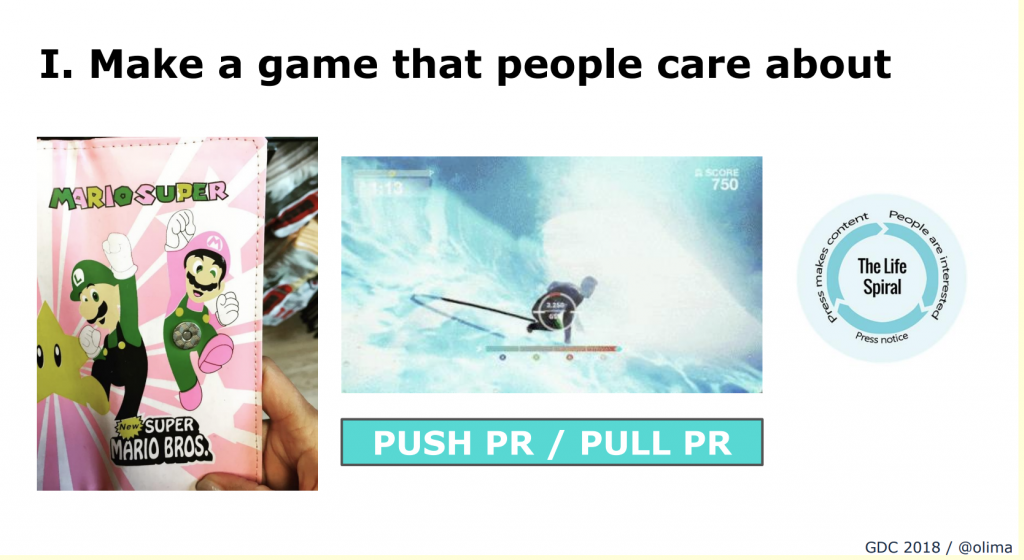
The spark of inspiration can come from anywhere—a personal experience, a captivating book, or even a fleeting dream. Embrace all sources of creativity and jot down every idea that comes to mind. It’s important to evaluate the feasibility and uniqueness of each concept. Remember, in a saturated market, your game’s uniqueness is its biggest asset.
Defining Your Game’s Target Audience and Understanding Market Demand
Once you’ve pinned down a promising idea, the next crucial step is identifying who your game is for. Is it for casual gamers or hardcore strategy enthusiasts? Understanding your target audience helps tailor your game’s design, mechanics, and narrative to cater to their preferences. Additionally, delve into market research. Identify trends, assess the demand for specific genres, and look for gaps your game could potentially fill. A game that resonates with a specific audience and addresses a gap in the market is likely to garner more attention and success.
Designing and Developing
Stepping from a concept into creation is both exhilarating and challenging. With the right tools and approach, you can transform your vision into a tangible, engaging game. Let’s explore the stages and strategies that can guide your design and development process.
Tools and Resources for Indie Developers

In today’s digital age, indie developers have a treasure trove of tools at their fingertips. Whether you’re starting with basic 2D graphics or diving into complex 3D environments, there’s a tool tailored for you. Popular platforms like Unity or Godot offer powerful features for game creation. There’s also a plethora of online tutorials, forums, and communities ready to assist and inspire.
Importance of Iterative Design and Seeking Feedback
Perfection doesn’t come overnight. Game design is a process of trial and error, of tweaking and refining. Adopt an iterative approach: design a bit, test a bit, and then refine. Seek feedback early and often, not just from friends but from potential players. Honest feedback can shed light on aspects you might have overlooked and pave the way for a game that truly resonates with players.
No-Code Solutions: How They Can Simplify the Development Process for Indie Devs
Here’s some great news: you don’t need to be a coding genius to develop a game! With the emergence of no-code solutions, game development has become more accessible than ever. These platforms allow you to create, customize, and even monetize your game without diving deep into complex coding. It’s efficient, intuitive, and perfect for indie devs looking to turn their ideas into reality swiftly.
Testing and Refining
After pouring your heart, soul, and countless hours into game development, you’re nearing the finish line. But before you release your game to the world, it’s imperative to rigorously test and refine it. This phase is all about ironing out kinks, optimizing the gameplay experience, and ensuring your game is as polished as possible.
The Power of Beta Testing

Beta testing isn’t just a final step—it’s a goldmine of insights. By allowing a select group of players to experience your game before its official launch, you can gather invaluable feedback. Whether it’s about game mechanics, story pacing, or difficulty levels, beta testers offer a fresh perspective. Their feedback can spotlight areas you may have missed and help you understand how real players interact with your game.
Harnessing Feedback for a Stellar Gameplay Experience
Every piece of feedback, whether praise or criticism, is a chance to make your game better. Listen closely to your beta testers. Are there areas they found confusing? Moments they loved? Graphics they found lackluster? Use this feedback as a roadmap to refine and enhance gameplay, visuals, and the overall user experience. Remember, it’s all about creating an immersive and enjoyable experience for your players.
The Final Preparations: Ensuring a Smooth Launch
As the launch date approaches, nerves and excitement intertwine. It’s essential to address any last-minute issues that could hinder gameplay. Be vigilant about identifying and rectifying bugs and glitches. Perform multiple rounds of testing on different devices and platforms to ensure consistency. When you’re confident that your game is glitch-free and finely tuned, you’re ready to make a splash in the gaming world.
Marketing Your Game Pre-Launch
As the anticipation builds and the launch date looms closer, it’s essential to shift gears and focus on marketing your game. A robust pre-launch strategy not only builds excitement but also sets the stage for a successful debut. Let’s dive into how indie developers can effectively market their game and generate a buzz even before its release.
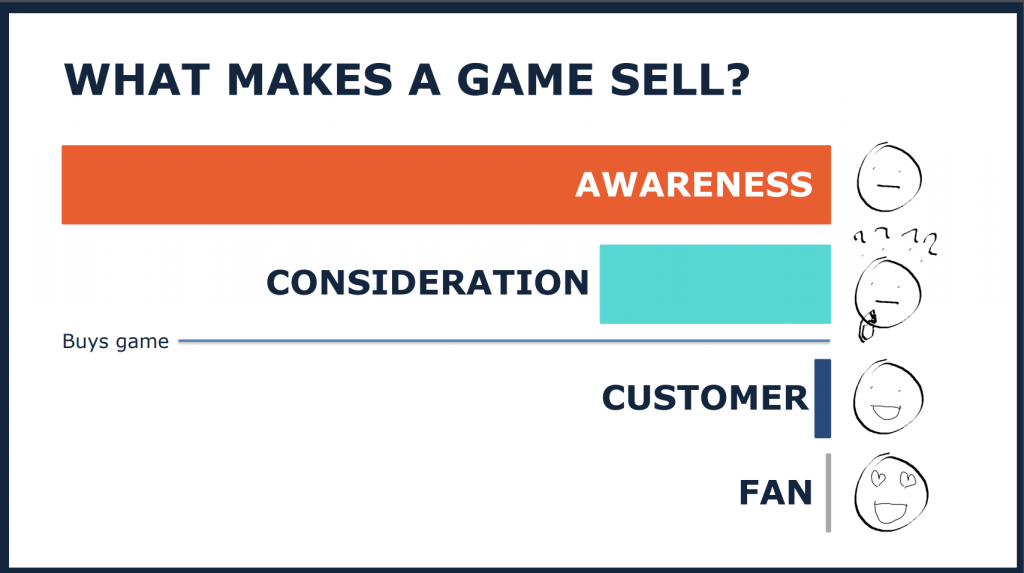
Building a Strong Online Presence
In today’s digital age, having a formidable online presence is non-negotiable. It’s the window through which potential players get their first glimpse of your game.
Websites: Your Game’s Digital Home
A dedicated website for your game acts as a central hub for all information, updates, and announcements. Here, fans can explore the game’s backstory, characters, and even get a sneak peek of gameplay features. Ensure it’s visually appealing, easy to navigate, and mobile-responsive, as many users might access it through their smartphones.
Social Media: Building a Loyal Fanbase
Platforms like Twitter, Instagram, and Facebook are powerful tools to reach out to and engage with potential players. Share behind-the-scenes content, teasers, and engage with fans through polls, quizzes, and Q&A sessions. The goal is to create a community of enthusiasts eagerly awaiting your game’s launch.
Game Trailers: Captivating Visual Storytelling
A well-crafted game trailer can be a game-changer, quite literally. It provides players a glimpse into the game’s world, characters, and mechanics. Invest in creating a trailer that captures the essence of your game, intrigues viewers, and leaves them wanting more.
Engaging with the Gaming Community
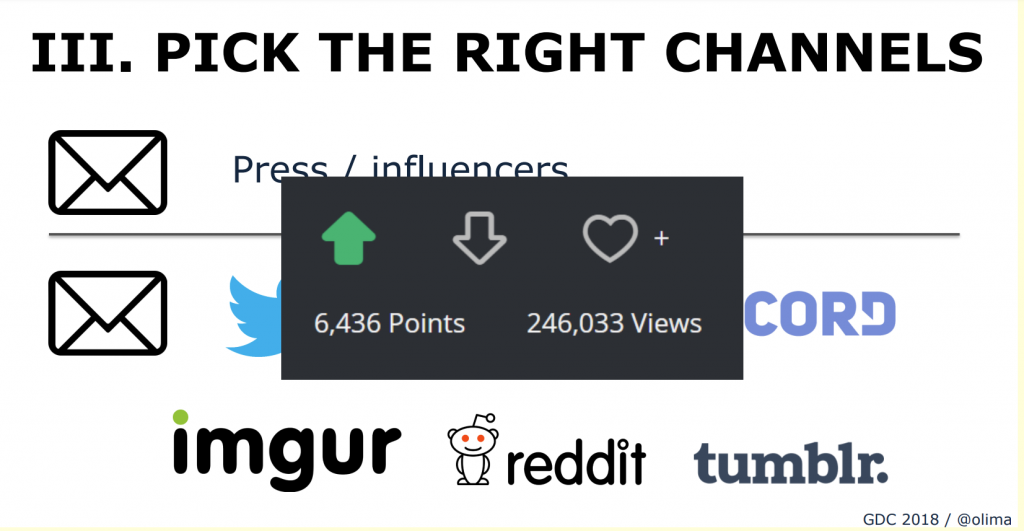
It’s not just about creating a game—it’s about creating a community. The gaming community is vast, passionate, and influential. Engaging with them can give your game the momentum it needs.
Forums: Direct Conversations with Gamers
Platforms like Reddit, Discord, or dedicated gaming forums are spaces where gamers discuss, critique, and praise games. Join the conversation, answer questions about your game, and gather feedback. It’s a direct line to your audience.
Game Events: Showcasing in the Spotlight
Whether it’s a local indie game showcase or a major gaming convention, these events provide a platform to demo your game, network with industry peers, and receive direct player feedback. The face-to-face interactions can be invaluable.
Influencer Partnerships: Amplifying Your Game’s Reach
In the gaming world, influencers hold significant sway. Collaborating with YouTubers, Twitch streamers, or bloggers can introduce your game to their vast audiences. Choose influencers whose audience aligns with your game’s target demographic for maximum impact.
Choosing a Publishing Platform
After pouring countless hours into developing your game, the next significant decision lies in selecting the right platform to showcase it. This choice can significantly influence your game’s visibility, profitability, and overall success. Let’s navigate the myriad of platform options available to indie developers and pinpoint the perfect fit for your masterpiece.
Deciding Between Various Platforms to Publish a Game

The gaming world is vast, with players spread across multiple devices. It’s essential to understand where your target audience primarily resides and to choose a platform that aligns with your game’s design and objectives.
PC: A Veteran’s Playground
The PC gaming community is extensive and varied, catering to everything from casual titles to hardcore simulations. If you aim for high-end graphics or complex mechanics, the PC might be your best bet.
Mobile: Gaming on the Go
With the proliferation of smartphones, mobile gaming has surged in popularity. If your game is casual, quick to play, and touch-friendly, tapping into the mobile market could be highly lucrative.
Console: For the Dedicated Gamer
Consoles like PlayStation, Xbox, and Nintendo Switch cater to dedicated gaming audiences. If your game offers a deep immersive experience or utilizes specific controller mechanics, consoles might be your arena.
Emerging Platforms and Niches
Beyond the mainstays, there are emerging platforms like VR and AR, and even cloud gaming. Always keep an eye out for these niches which might just be the perfect home for your innovative game.
Understanding the Benefits of Different Platforms
Each digital storefront or distribution platform comes with its unique features, audience, and monetization methods. Let’s delve into some of the heavyweights in the industry.
Steam: The PC Gaming Giant

Steam, by Valve, dominates the PC gaming market. It offers a vast user base, regular sales events, and a supportive community. Plus, its Greenlight system has been a boon for many indie developers.
Epic Games Store: A New Challenger

While newer to the scene than Steam, the Epic Games Store has made waves with exclusivity deals and a more favorable revenue split for developers. It’s become a viable alternative for game distribution.
Google Play & App Store: Mobile Gaming Titans

For mobile games, Google Play (for Android) and the App Store (for iOS) are the primary platforms. While both stores are saturated, they offer vast user bases, and with the right marketing and monetization strategy, success is achievable.
Other Storefronts to Explore
From itch.io for indie developers to GOG for DRM-free games, numerous other platforms cater to specific niches or audiences. Research each one to see if they align with your game’s ethos and target demographic.
No-Code Storefronts: A Customized Space to Showcase and Monetize Your Game
For those looking to carve out a unique space in the digital market, no-code storefronts emerge as a compelling option. These platforms, like the ones our company offers, allow developers to create personalized game storefronts without the need for intricate coding. Not only does this provide a distinct branding opportunity, but it also facilitates direct engagement with your audience and potentially more favorable revenue options. It’s about crafting a space that truly embodies your game’s spirit and vision.
Monetizing Your Game
After the grueling journey of game development, it’s finally time to reap the rewards. Yet, deciding how to monetize can be as strategic a choice as any gameplay mechanic. The way you choose to generate revenue can significantly impact player engagement and overall profitability. Let’s unpack some prevalent monetization models and discuss creating a frictionless payment experience.
Different Revenue Models
A game’s revenue model can shape the player’s experience and expectations. Picking the right model involves understanding both your game’s nature and your target audience’s preferences.
Freemium: Free to Play, Pay to Excel
A freemium model offers players the core game for free, but with the option to purchase premium features or content. This method can attract a broad audience but relies on a smaller subset willing to pay for enhanced experiences or advantages.
One-Time Purchase: Pay Once, Play Forever
The classic method. Players pay upfront for the complete game. It assures immediate revenue, but the game needs to continually impress and prove its value to justify the price.
In-Game Purchases: Cosmetic or Functional Boosts
Separate from freemium models, some games sell in-game items or boosts, whether cosmetic (like character skins) or functional (like power-ups). This model requires a balance to ensure the game doesn’t become “pay-to-win.”
Subscriptions: Regular Content, Regular Revenue
Subscriptions provide consistent revenue and often come with expectations of regular content updates or exclusive features for subscribers. It works well for games that can deliver fresh content over time.
Integrating Payment Gateways and Ensuring a Smooth User Transaction Experience
After choosing your revenue model, the technical aspect comes into play. Seamless integration of payment gateways is crucial. Players expect a safe, secure, and straightforward transaction process. Delays or complications can deter potential purchases. Investing in a reliable payment infrastructure, perhaps through trusted third-party providers or no-code solutions, can ensure that when players are ready to spend, the process is as enjoyable as the game itself.
Launching Your Game

The moment has arrived. Months or even years of hard work, dedication, and passion culminate in this one pivotal event: the game launch. This stage is not just about making the game available to the public; it’s a strategic effort to ensure maximum visibility, engagement, and success. Let’s dive into how you can orchestrate a game launch that leaves a lasting impression.
Effective Strategies for a Successful Game Launch
A launch strategy is not a one-size-fits-all proposition. Tailoring your approach based on the game’s genre, target audience, and platform is key. Whether it’s leveraging influencers for reviews, partnering with platforms for promotional placements, or running targeted ads, ensuring your game gets the spotlight it deserves is essential.
Building Anticipation: Keep Them on the Edge of Their Seats
A game’s launch isn’t a singular event—it’s the crescendo of a carefully orchestrated campaign to build anticipation and desire.
Teasers: A Glimpse of What’s to Come
Teasers, be it in the form of short video clips, cryptic social media posts, or blog updates, offer a sneak peek of your game. This sneak peek should be enough to pique interest but not give everything away. It’s about sparking curiosity and conversations.
Countdowns: Building Momentum Day by Day
Countdowns, often accompanied by daily reveals or content snippets, can create a daily touchpoint with potential players. They serve as a regular reminder, increasing excitement as the launch day approaches.
Launch Events: Making the Debut Special
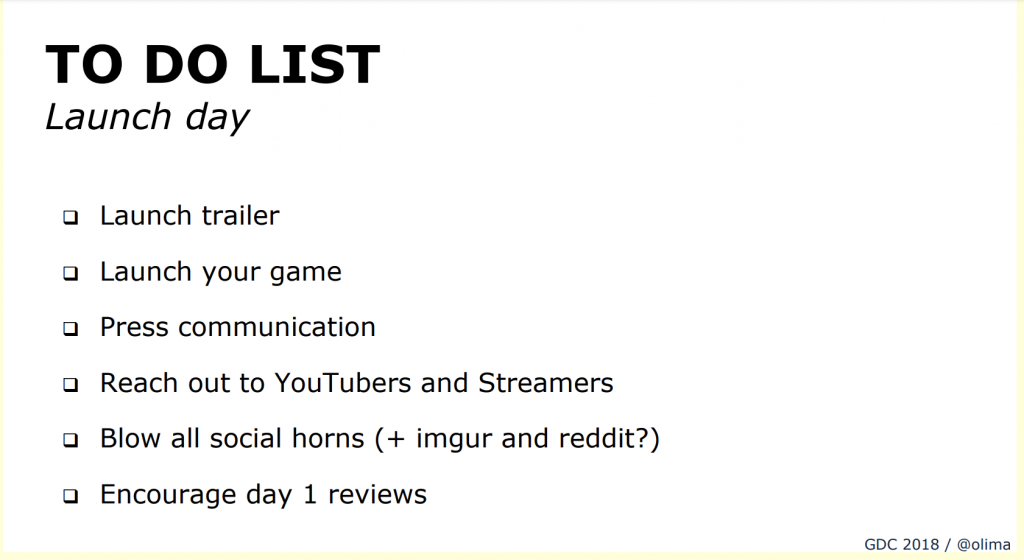
Consider hosting a launch event, virtual or physical, to celebrate the release. This can be an opportunity for fans to play early, interact with the developers, or even win exclusive in-game items. An event adds a sense of occasion, turning your game’s release into a memorable affair.
Post-Launch Activities
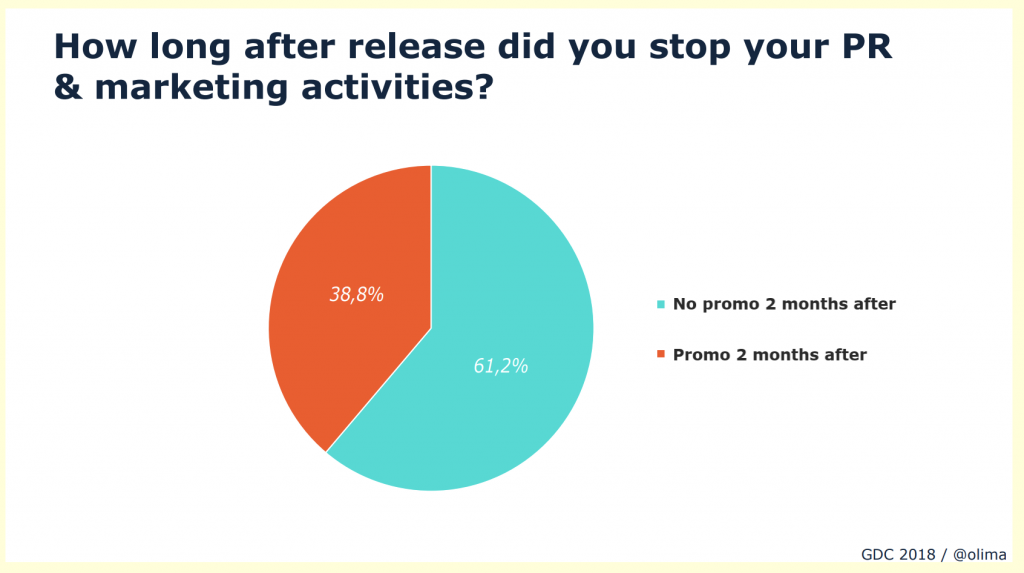
After the initial thrill of the game launch fades, the real challenge begins. The post-launch phase is about sustaining momentum, enhancing player experiences, and ensuring the longevity of your game. It’s during this period that developers transform initial interest into lasting commitment, turning players into passionate advocates.
Gathering Feedback and Understanding Player Metrics
The post-launch period offers invaluable insights. Pay attention to player feedback, be it through reviews, forums, or direct messages. Moreover, dive deep into player metrics like retention rates, playtime duration, and in-game purchase behaviors. These insights help identify areas of improvement and tailor future updates to player needs.
Regular Updates, Added Content, and Game Expansions
To keep the gaming experience fresh and engaging, consider regular updates and added content. This could be in the form of new levels, characters, items, or even game modes. Over time, more substantial game expansions can be introduced, adding new story arcs or entirely new gameplay dynamics, ensuring players always have something new to look forward to.
Community Engagement: The Heartbeat of Indie Games
An active and engaged community can be the most potent tool for an indie developer. Regularly interact with your player base, host in-game events, run contests, and stay active on forums and social media. This not only gives players a sense of belonging but also turns them into advocates, promoting your game organically. Remember, a game thrives when its community thrives.
Navigating Potential Challenges
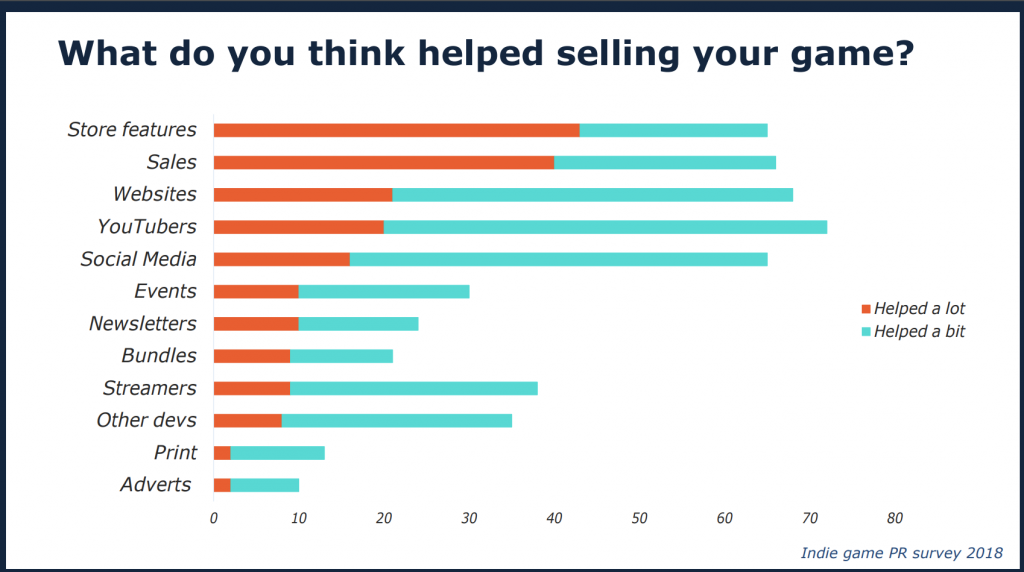
Every indie developer’s journey is riddled with challenges, both anticipated and unforeseen. Tackling these obstacles head-on, learning from them, and evolving is what sets apart a successful developer from the rest. While the road may sometimes seem daunting, equipped with the right mindset and tools, you can turn these challenges into growth opportunities.
Common Pitfalls in Game Development and Publication
Embarking on a game development venture is no small feat. Developers often encounter common pitfalls such as scope creep (where a project’s requirements keep increasing), budget overruns, and time management issues. Moreover, publication challenges like choosing the wrong platform or not adequately marketing the game can hinder success. Being aware of these pitfalls and setting realistic goals and checkpoints can prevent many of them.
Handling Negative Feedback: An Art and Science
Negative feedback, while tough to digest, is an invaluable asset. It’s essential to differentiate between constructive criticism and mere trolling. Constructive feedback, even if negative, helps refine your game, making it better aligned with player expectations. Responding professionally, showing gratitude for the feedback, and making necessary amendments can turn critics into advocates. Remember, it’s all about continuous improvement.
Solutions and Pro-Tips for Overcoming Challenges
Every challenge presents a learning opportunity. Seeking mentorship from experienced developers, joining indie developer forums, and staying updated with industry trends can provide clarity. Consider playtesting your game extensively before launch to identify glaring issues. Lastly, believe in your vision, stay adaptable, and remember that every major game once faced the same challenges you’re encountering now.
Final Thoughts on Your Development Journey
The voyage of indie game development is more than just coding and graphics; it’s about breathing life into a vision, narrating a story, and offering players a slice of another world. As you embark on this rewarding path, remember that each step, each challenge, is a testament to your passion and commitment to the gaming community.
Embracing the Journey of Indie Game Development and Publication
Every game you create is a piece of art, a testament to countless hours of work, creativity, and innovation. The road to game development and publication, though filled with twists and turns, is immensely rewarding. Each obstacle overcome and every piece of feedback integrated makes you a better developer, paving the way for future successes.
The Continuous Learning Curve and the Excitement of What’s Next
The world of game development is ever-evolving, with new technologies, platforms, and genres emerging regularly. This dynamic environment ensures there’s always something new to learn, a fresh challenge to tackle. And as one game concludes, the canvas for the next begins to unfold, brimming with possibilities. Cherish the journey, learn from every experience, and let your passion for gaming guide you towards your next big idea.



